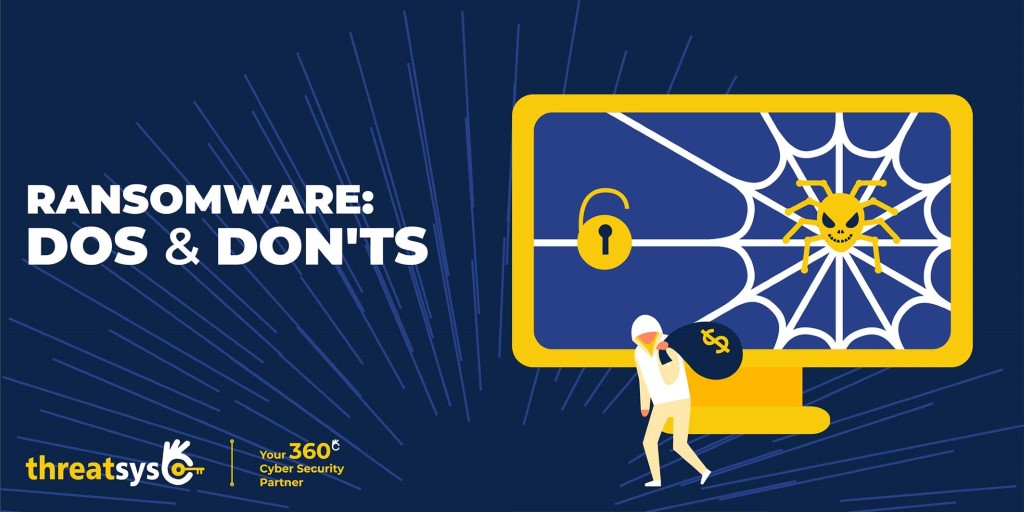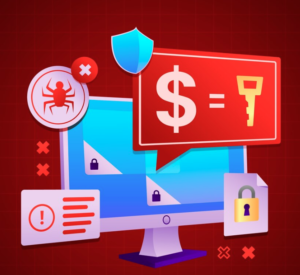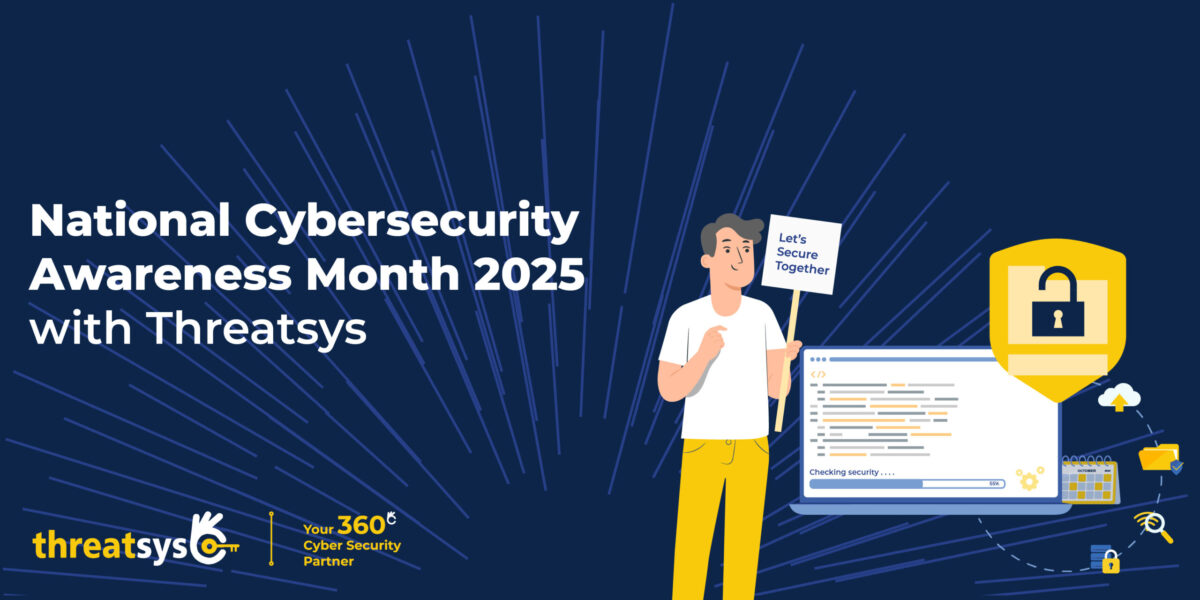Ransomware Negotiation: Dos and Don’ts
Has a ransomware virus just started attacking your organization? Take deep breaths, and try to keep yourself calm. When faced with an attack, it might be simple to panic or feel overwhelmed, but it’s critical to maintain calm and concentrate to decide what’s best for your organization.
Let’s assume that hackers have taken over your network and got access to your most sensitive data. And they are threatening to cause damage if you don’t meet up their demands, making you a victim of a ransomware attack.
Ransomware attacks are increasingly popular nowadays. You must be aware of how to respond to such attacks in advance if you manage a network, website, or system that is accessible online. Follow along as we go over efficient techniques for handling ransomware negotiations.
How Can You Be a Victim of a Ransomware Attack?
You could become a target of a ransomware attack in several different ways. You can unknowingly download ransomware onto your systems when you visit affected websites. Cybercriminals will continue sending you infected files as attachments using different phishing schemes.
Ransomware can either lock your computer screen or encrypt specific files once it has been downloaded onto your system. A screen lock notification appears on the computer in that situation, stopping you from using it. How to successfully pay the ransom is also included in the information displayed on your screen. You are unable to access your crucial files, documents, and spreadsheets until you agree with their requests.
The 5 Best Ways to Handle Ransomware Attacks
Statistics on cybersecurity illustrate that ransomware attacks are among the most popular methods used by online criminals. You must develop the ability to deal with ransomware assaults if you want to reduce the danger. You must use caution when threading since hackers target systems that contain important information, causing file destruction.
Let’s now talk about some tips for successful ransomware negotiations.
1. Handle the negotiation as a business deal.
Once you discover that cybercriminals have hacked your system and stolen your sensitive data, it’s fair to start worrying. However, they want you to feel that way so they can take advantage of your emotions.
If you allow your emotions to control you, you can make poor decisions in that uncertain situation. The trick is to treat it like a business deal. Put your analytical thinking cap on and negotiate for the best price.
Be respectful, keep it professional, and keep your emotions out of it. Think up reasons that you can use to enhance your negotiation and make them see why they should accept your offer.
2. Plead You Can’t Afford the Amount They Are Demanding
The hackers have restricted your ability to access your files, but they still require something from you. And if you don’t pay up, they have nothing to gain.
Be reluctant to cooperate with their first request. As the starting price, use the initial demand. The initial price is rarely the final price in business transactions.
Offer to pay less than what they are asking for rather than instantly agreeing to pay what they are asking for. The hackers don’t have access to all of your financial information, so they can’t be sure whether you’re being honest about what you can afford.
3. Ask for More Time to Pay Up
Don’t pay the attackers right away, even if you have all the amount they’re demanding. They might ask for more money if you do that because it might give them the impression that you have a lot of extra funds.
Particularly after you have paid the initial deposit, request extra time. Once agreed upon, the additional time will enable you to investigate all other potential solutions for retrieving your data or files.
Tell them you need additional time to raise the necessary amount; you don’t have to give them a complex explanation. Make no promises you can’t keep—doing so can encourage them to adopt extreme measures.
4. Request Proof of Life
In a hostage situation, you would have the right to ask for proof of life, or something that proves the abducted individual is still alive. The same procedures apply in ransomware situations.
Your files’ integrity is not guaranteed. Making the money can result in empty files. Ask the attackers to encrypt some files so you can verify they can recover your computers and data once you pay the ransom before you pay. Don’t pay anything if they are unable to fulfil that.

5. Use a team strategy
To deal with a ransomware attack, you need all the support you can acquire. Considering the situation, you might not be able to make the finest choices, therefore seek the assistance of your team. Work together with your team to develop effective communication plans for all concerned internal and external parties. Recruit the essential teams or departments, such as the technical, security, legal, board of directors, and communications departments, if you are in charge of a company.

How Threatsys can help you?
Threatsys detects security vulnerabilities in your network before an attacker does. We provide network security penetration testing, which can be internal, external, or both. Our network penetration test simulates a real-world attack to find vulnerabilities and risks that could affect the Confidentiality, Integrity, and Availability (CIA) triad of data.

Our network penetration tests begin with a vulnerability assessment, where our expert penetration testers utilize multiple tools to gain initial knowledge. Our skilled penetration testers will examine those data and then attack those vulnerabilities using manual methods, human decency, and experience in network administration. You will receive a thorough report detailing where we started the testing, how we discovered vulnerabilities, and how we attacked them after the network penetration testing is over. This will save you from ransomware by preventing their attack in the first place.

Increase your preparedness,
Solidify your security stance






